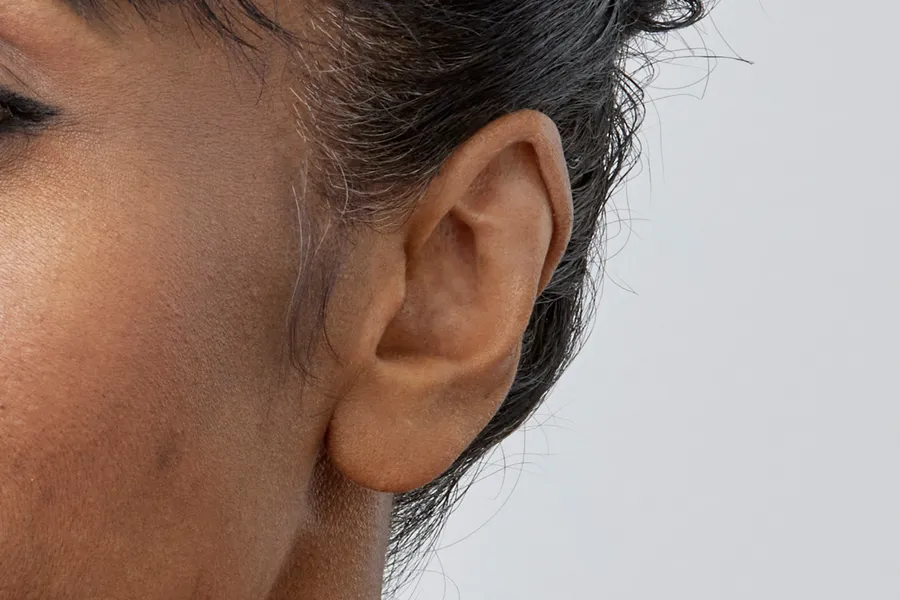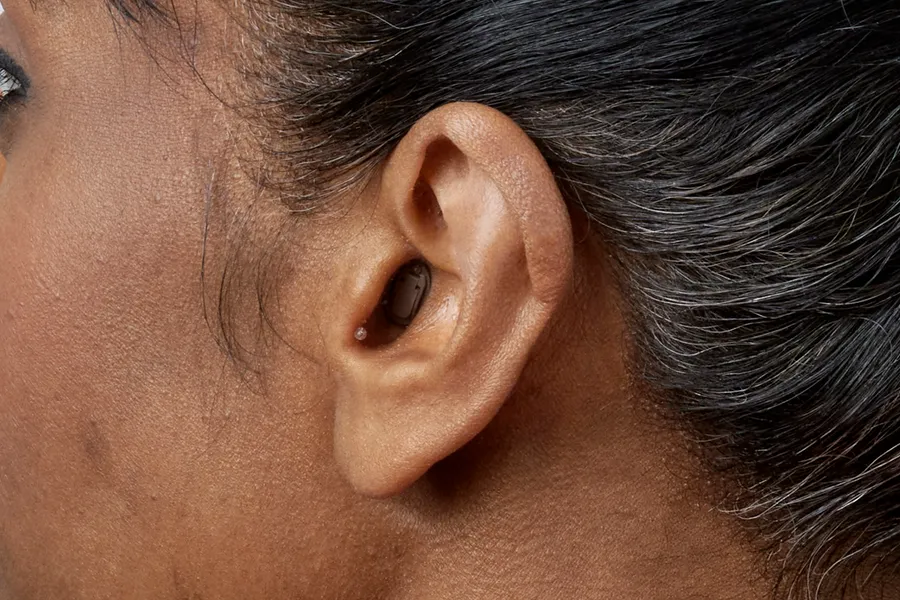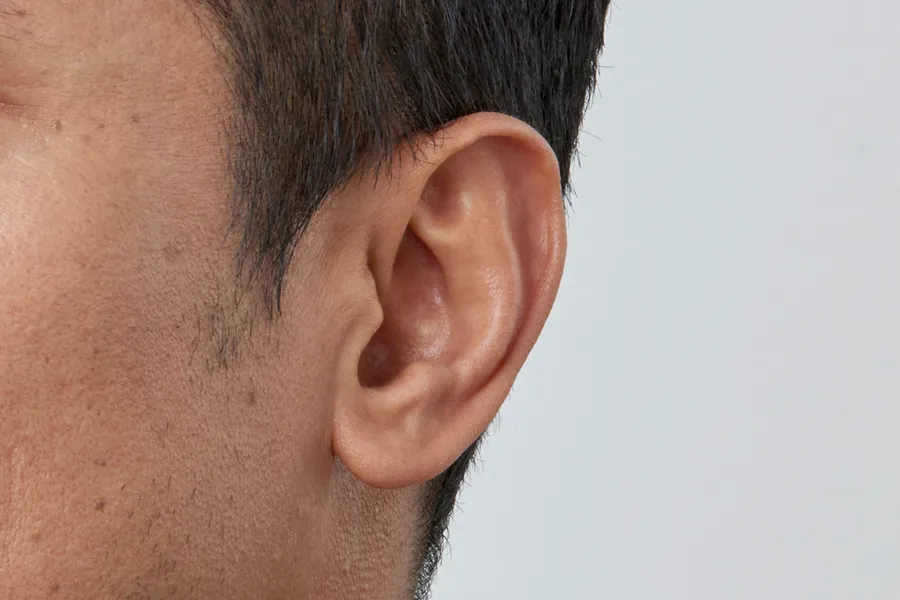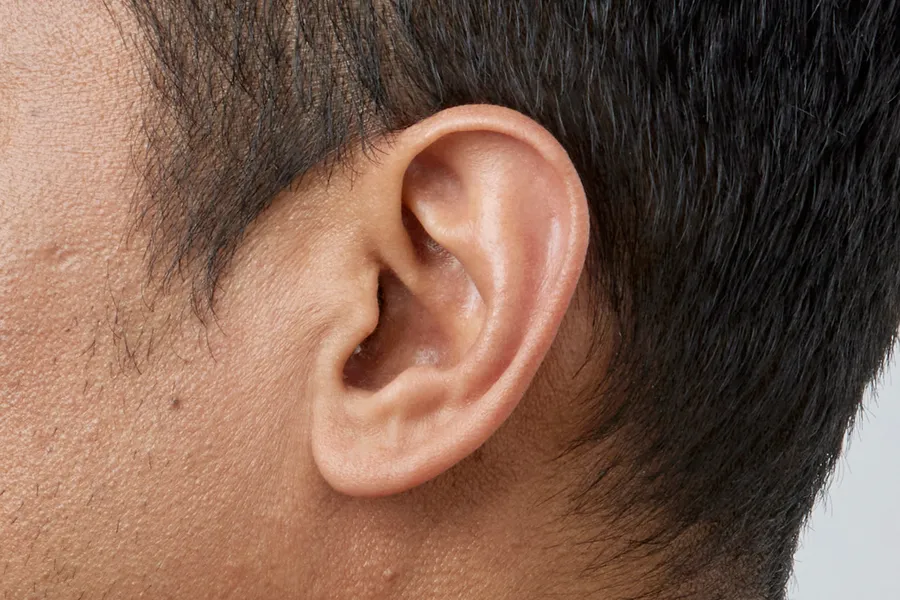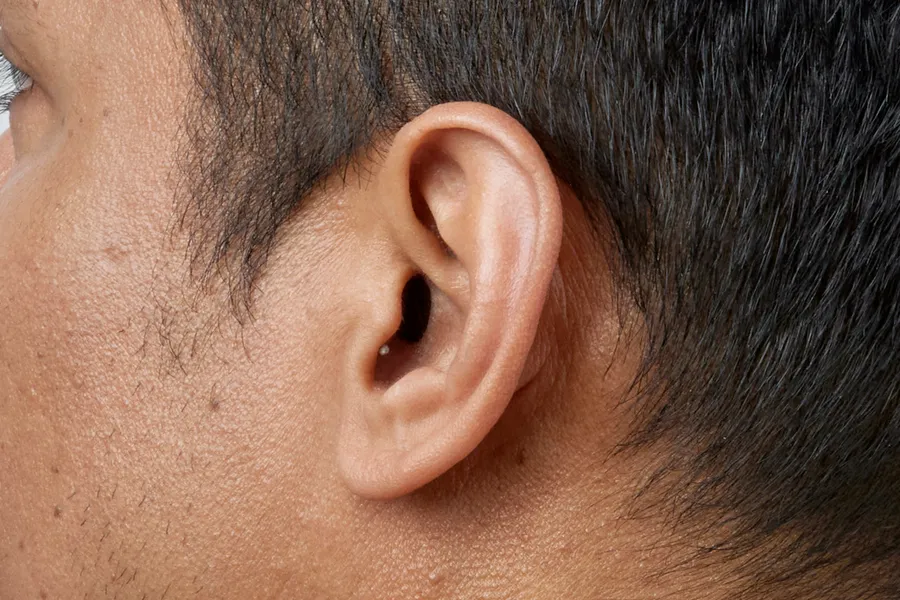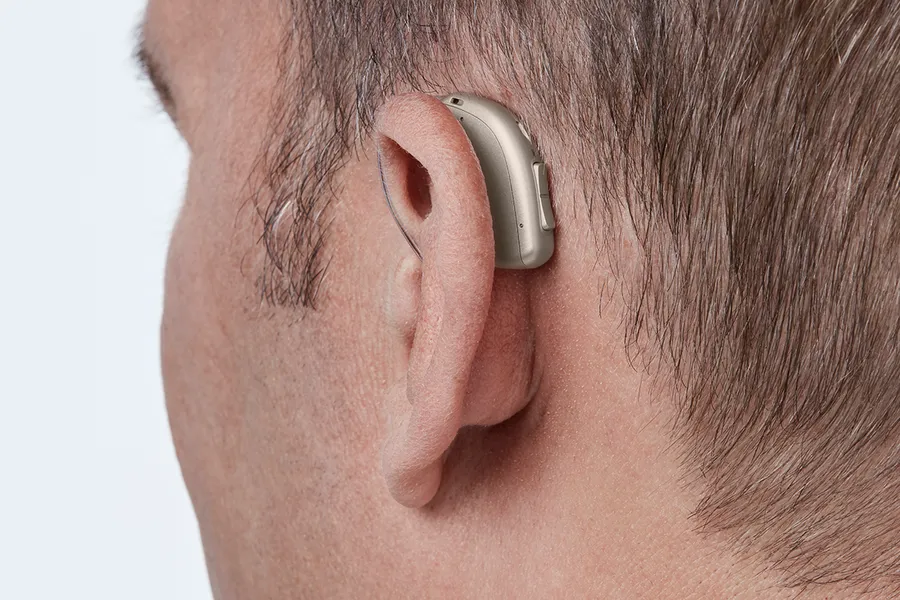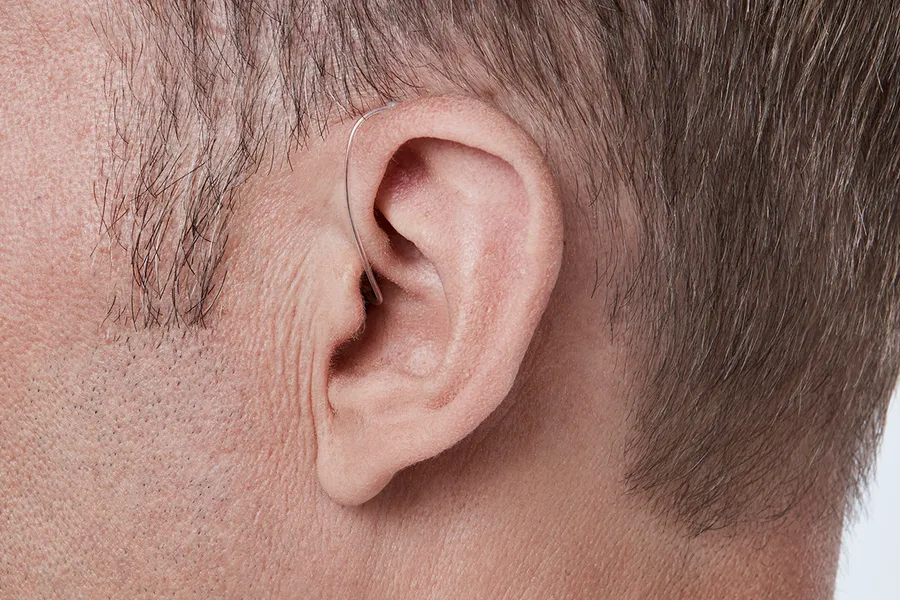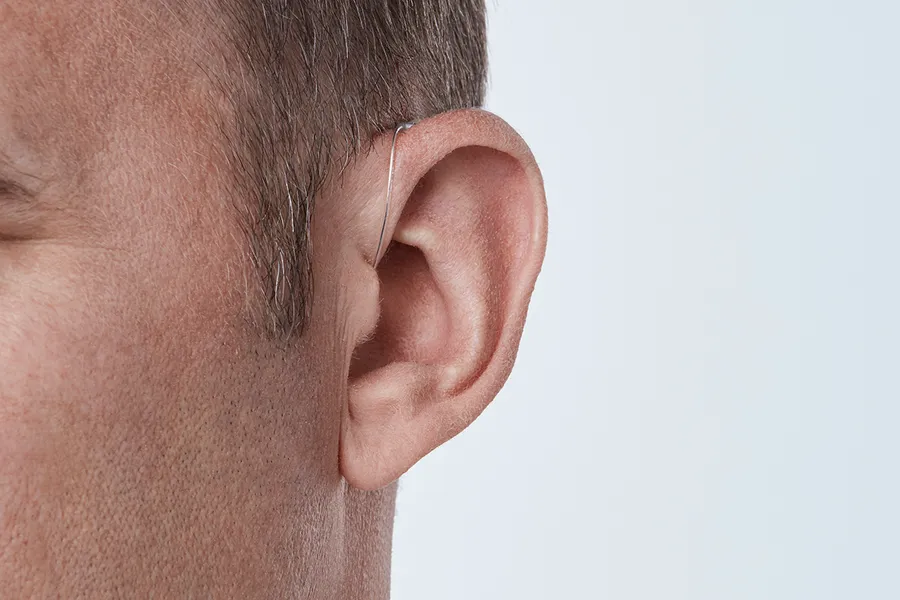Hearing Aids: Smaller Isn't Always Better
- David Engelman

- Sep 29, 2023
- 8 min read
Updated: Sep 10

One of the most common reasons people turn to private audiology clinics instead of the NHS is the hope of getting very small—ideally invisible—hearing aids. For many patients, this is entirely feasible and, in some cases, may be a great choice. However, there are important factors to consider before opting for ultra-small hearing aids, and it’s worth understanding that smaller doesn't always mean better.
What are the Smallest Hearing Aids Available?
In a previous article, I outlined the different hearing aid styles and their pros and cons. For those interested in the smallest available devices, the focus usually turns to in-the-ear (ITE) hearing aids. These are custom-made from an impression of your ear and fit entirely within the ear canal or concha (the bowl-shaped part of the outer ear), with no part sitting behind the ear.
ITE hearing aids come in a variety of sizes and colours, but for those seeking the most discreet options, there are two subtypes worth knowing about:
Completely-in-canal (CIC): Sits entirely within the ear canal, with minimal to no visible protrusion.
Invisible-in-canal (IIC): Also sits completely within the ear canal, typically even deeper than CIC models, making it almost entirely invisible.
The IIC is the smallest option available and, depending on the shape and size of your ear canal, may be completely hidden from view. CIC models, while slightly larger, sometimes allow for extra features—such as programme options—that an IIC may not be able to accommodate.
Depending on the manufacturer and model, CIC hearing aids may offer:
Access to multiple listening programmes.
Improved sound processing in noisy environments.
Slightly better amplification options than IIC models.
Extended-Wear Hearing Aids – The Lyric
Another ultra-discreet option is the Lyric hearing aid by Phonak. This is an extended-wear, fully invisible hearing aid that’s placed deep in the ear canal by a trained audiologist. Unlike conventional hearing aids, it stays in place for 2–3 months at a time and doesn’t require daily insertion or removal.
While the Lyric is an analogue and therefore relatively simple piece of technology, its deep placement close to the eardrum can deliver an impressively natural sound quality. Some minor adjustments can be made using a magnetic tool provided to the wearer.
Many patients love the Lyric for its “set-and-forget” nature—it doesn’t need daily care or charging. However, it’s not suitable for everyone. A dedicated appointment with a Lyric-certified provider is required to determine candidacy. Although I have worked with Lyric in the past, I do not currently offer it at my clinic. You can find a Lyric provider via Phonak’s “Find a Provider” tool.
What Are the Downsides of Very Small Hearing Aids?
Generally, the smaller the hearing aid, the more likely a sacrifice may need to be made between features and size/cosmetics. This is because the hearing aid’s small size essentially limits the amount of technology that can be built into the device. A few specific limitations that are worth looking at are detailed below. It is worth noting that these limitations can vary between hearing aid manufacturer and can also be dependent on the patient’s unique ear anatomy/shape.
1) Only one microphone
Hearing aids work by utilising a microphone to collect external sounds from the environment, which are then digitised and amplified. Most hearing aids will have more than one microphone, as this is required to achieve optimal “directionality” in one’s listening environment. Directionality is essentially the ability of the hearing aid to focus more on speech sounds, and less on distracting background noises. In a hearing aid with two microphones, for example, the amplified sound (the “output”) from one of the microphones is subtracted from the output of the other. Through advanced signal processing algorithms, this can lead to an improved signal-to-noise ratio—in other words, you would hear better in background noise. This will work best if the background noise is kept behind you, and while not a perfect solution, the use of two (or more) microphones can certainly help you. Now, in the smallest hearing aid models, such as the IIC or CIC described above, there is typically space for only one microphone. This could therefore potentially limit the benefit you could be getting with a larger hearing aid model.
2) Lack of ear-to-ear communication
In a pair of hearing aids, one hearing aid can usually communicate wirelessly with the other. This is often done via a technology known as near-field magnetic induction (NFMI). Essentially when a sound is “heard” by one hearing aid, that hearing aid can then “communicate” this information to the other hearing aid. This can allow for greater speech understanding in the presence of background noise, and a greater ability to determine which direction sound is coming from (“sound localisation”). NFMI technology has other benefits as well, such as allowing for hearing aids to have multiple programs, which I discuss a bit more below. The smallest models of hearing aid usually will not be able accommodate this technology.
3) Lack of wireless connectivity
Apart from communicating between each other, hearing aids can also communicate wirelessly to external devices, such as mobile phones, as well as accessories such as devices that can stream your TV’s sound directly into your hearing aids. This is typically done via Bluetooth technology. Activities such as talking on the telephone, and watching television are some of the most common hearing challenges that people report when coming to see an audiologist. The ability to have these sounds streamed directly into your hearing aids can be helpful, but this usually won’t be an option with the smallest models of hearing aid.
4) Lack of telecoil or other programs
Many hearing aids can have something called a telecoil built into them. This is a small copper wire that can be built inside a hearing aid, that can connect electromagnetically to hearing induction loops (special wiring that sends out magnetic signals). Hearing loops are commonly found in public places, such as banks, theatres, and places of worship. If someone has a compatible hearing aid, they can activate a hearing loop program in their hearing aid, which will then connect to an available hearing loop. For example, theatres very commonly have hearing loops built into their buildings. When at the theatre, a hearing aid wearer could activate their telecoil program which would allow them to hear the voices from the actors on the stage crisply and clearly, directly into their ears, via the hearing induction loop. This can be hugely beneficial. Telecoils can also be used with telephones (which is actually why they are called “tele”coils). This would work in a similar manner as to connecting to a public hearing loop, but to specifically give one an advantage when talking on the telephone.
Apart from telecoils, there are multiple other programs that your audiologist can provide access to in your hearing aids. Some common examples are programs that can help the microphones of the hearing aid focus directly on what is in front of you (helpful for background noise) or a program that can help improve the sound quality of music. Telecoils and other programs very often will not be an option with the smallest models of hearing aid.
5) Lack of rechargeability
The smaller in-the-ear models of hearing aid generally are more likely to be battery operated and will not have the option to be rechargeable. While this isn’t necessarily a problem, it is indeed a consideration if you are particularly keen to have a rechargeable hearing aid.
6) Less powerful
The smaller the hearing aid, the less powerful it can be. This is due to the size of the receiver of the hearing aid, which will need to be larger to allow for greater levels of amplification. This means that the smallest models of hearing aid may not actually be able to provide you with enough sound. This can lead to the hearing aid sounding distorted, or possibly cause the hearing aid to feedback, or “whistle” at you. Often just a very marginal increase in size can allow for significantly greater levels of amplification. Your audiologist will be able to guide you in what size hearing aid you will ideally require, to suit your hearing aid prescription.
What Alternatives Do I Have?
While many people first seeking hearing care are often keen for the smallest available option, they may not realise that receiver-in-canal (RIC) hearing aids are actually very small and discreet devices, even if they are, strictly speaking, not the absolute smallest. This is where the body of the hearing aid itself (which houses the microphones and most of the electronics) sits behind the ear, and a very thin wire runs down the side of the head that attaches to a tiny receiver that sits inside the ear itself. I described these devices in a little more detail in another article. Most people are often pleasantly surprised by how inconspicuous they are, and these hearing aids can usually fit most, if not all, of the above-described technologies, with minimal to no compromise when it comes to the size of the device. Therefore, if you are open to it, I would strongly recommend considering a RIC style of hearing aid over one of the more “invisible” options, as you could potentially get a lot more benefit from these devices.
Another option is to consider one of the larger models of ITE, which will sit inside the ear canal, and then protrude into, and fill the bowl portion of the ear. These hearing aids, albeit quite visible, can often be selected in a sleek, all black colour, with the idea of mimicking a wireless earbud, which are commonly worn nowadays. This option may prove to be preferable for a lot of patients as it has a modern look that is not conspicuous in today’s earbud wearing society and does not sacrifice some of the benefits you may lose with smaller models.
Some Final Thoughts
As a clinical audiologist, I’m a strong advocate for reducing the stigma around hearing loss and hearing aid use, and therefore would encourage my patients to try and look past potential aesthetic concerns around hearing aids. If anything, it can be great to claim “ownership” of one’s hearing loss, and maybe even have some fun with it. Some patients opt to make their hearing aids a bit of a fashion statement, choosing vibrant colours for their hearing aids, and wearing them with pride. However, I do very much appreciate that for many people they would like their hearing aids to be as unobtrusive as possible, and there are certainly some great options out there that can suit this need. It is important though to keep in mind that not everyone is going to be a good candidate for these types of hearing aid, and that sometimes selecting a slightly larger model will prove to be an excellent balance of both form and function. Ultimately though, the best hearing aid is one you will be willing and happy to wear, and a good audiologist will keep this in mind when making a recommendation for you.
If you'd like to learn more about the kind of hearing care we provide for our patients at Finchley Hearing, please explore our website and feel free to get in touch with any questions. We're a private, independent audiology practice in London committed to ethical, evidence-based practices and would love to help you on your journey to better hearing.
If you found this article helpful, please consider sharing it via one of the social media icons on the bottom of this post. You can also subscribe to our blog through the form at the bottom of this page, to stay updated whenever we post a new article.

